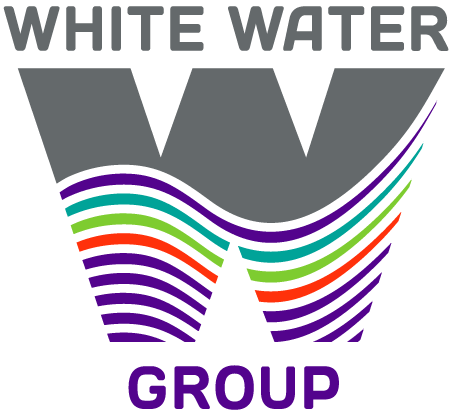Getting it right scores across multiple dimensions:
Getting ESG right is complicated as so many factors and activities are intertwined. You need to be seen to do the right thing. Acting on Gender Diversity is highly effective and has a high signalling value. We will show you why.
It’s complicated to get it right
The basic principle of ESG is simple enough: does your organisation create value in a sustainable way? (And what should you report on that is important and not part of your financial statements?)
Reporting on ESG however is a bit like playing 3D chess: you need to decide which law applies to your business, which reporting framework to adopt, the level of depth of reporting for each category, how categories influence each other and who will help you to improve performance.
Three pillars
Although there are many frameworks, they typically rest on three pillars:
- Purpose and Governance
- Planet (in your firm and across your supply chain)
- People (in your firm and across your supply chain)
Gender is everywhere
Although there are 104 women for 100 men across the OECD, women represent the largest ‘minority’ in organisations. It is therefore not surprising that gender is tracked across all ESG dimensions. Ignoring Environmental reporting for the time being, here are some gender specific areas:
Purpose & Governance
- Gender balance of Board
- Gender balance of Executive team
Comment: we know that diverse teams perform better. They also are less subject to the kind of groupthink that leads to bubbles or unethical behaviour.
People
This is where most of the metrics reside, such as:
- Wage ratio by gender
- Employee turnover by gender
- Hours of training by gender
- Employees receiving regular career development reviews by gender
And many other direct and indirect measures of fairness…
Dynamic rating: you need to be seen to act
The challenge is not just to report on ESG: it is to express it in the context of your own activities and then to demonstrate convincingly that you are taking constructive action.
The FTSE Russell ESG framework measures both the management of a given theme but also the exposure specific to your company. So if, for example, your firm is staffed with a large majority of male computer specialists, you will score low on Diversity but you will also have a long term risk, e.g. never to close the Gender Pay Gap. Unless you actively invest in STEM graduate schemes or attracting and retaining women via a range of training and engagement activities, this will be scored as a high long term exposure.
The GRI standard uses a similar approach: it lists topics and then defines if a topic is material to your business (usefully providing sector-specific lists).
Gender interventions to the rescue
There is no silver bullet to ‘do’ Gender Diversity. It is a multi-dimension, multi-year activity which is best characterised as a ‘complex’ problem: one with multiple feedback loops that keeps coming back the minute you stop paying attention. There is no real ‘tipping point’. However, having a coherent set of interventions can help change culture and retain a high proportion of motivated, capable women and score on all the dimensions above.
Ready, Fire, Aim
If you are a large organisation you probably have D&I specialists, and have taken the time to analyse your talent pipeline. You therefore know where the best interventions lie – a top-down approach. For the rest of us however, it is more important to take action first: identify a group of women, typically at the ‘emerging leader’ category and sign them up on a good programme. This will be a great opportunity to both signal action and analyse which aspect of culture and processes need attention (for example by collecting feedback from the first cohort of attendees).
What is good for women is good for everybody
Obviously women are not the only Diversity you need to report on, but what we have found out through 20+ years working on gender is that women interventions bring greater fairness and transparency to all business processes, slowly changing the culture for everybody. Beyond this, what is good for women is also appreciated by the younger generation millennial managers, a key to overall retention and people risk.
Conclusion: as simple as 1, 2, 3
When I was a young consultant I was encouraged to write the draft of my final report on day one, and then look for the evidence to support or modify it. ESG reporting is a bit like this:
- Write down a list of dimensions which you think are important for your business to report on, from Governance and people risk to diversity and general fairness (plus environment of course)
- Figure out quickly what your starting metrics are and which interventions will help ‘move the needle’ (hint: gender should be high on the list!)
- Measure action taken/progress while you refine the framework and how you will report





